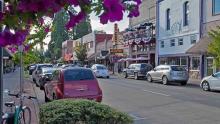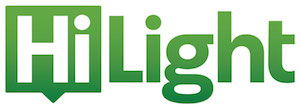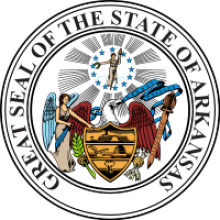Federal Reserve Bank of Kansas City Releases Report on Digital Divide
In July, the Community Affairs Department of the Federal Reserve Bank of Kansas City released Disconnected: Seven Lessons on Fixing the Digital Divide, a report that touches on Internet access, adoption, and affordability. Overall, this is an insightful primer on the digital divide and how banks can help.
The CRA and the Digital Divide
Banks have a responsibility to invest in disadvantaged communities under the Community Reinvestment Act. The report broadly outlines the state of high-speed Internet access, including the differences between rural and urban access problems, and explains why the digital divide remains so persistent.
Part of the problem is that our data on Internet access and adoption is woefully lacking. The report includes a section on how FCC data overstates coverage and compares it to the ways Microsoft has attempted to verify actual home Internet connections:
“The FCC’s data measure availability of broadband while the Microsoft data measure broadband usage. The company shared its analysis with the FCC, which is looking at how it might improve its broadband measurements. While the FCC says 24.7 million Americans lack access to broadband, Microsoft found the actual number was 162.8 million.” (P. 26)
Another related problem that the report identifies is that the technology needed for high-speed Internet access seems to be constantly changing. Companies do not continue to invest consistently in rural or low- and middle- income communities, leaving both with last-generation networks. At the Institute for Local Self-Reliance, we've learned from years of research that fiber connectivity has the ability to meet current and future needs.
Closing the Digital Divide
Expanding high-speed Internet access can expand access to banking. The report notes that:
“Among low-income households, research by the Federal Reserve Bank of Kansas City shows that lacking Internet access has a higher correlation to being unbanked than a variety of other characteristics, including employment status and race.” (P. 11)







 By late 2019, HiLight should be connecting residents and businesses to the network. They plan to take an incremental approach to connecting all areas of the city and will strategically consider locations of businesses, busy travel corridors, and schools as they decide where to expand. Hillsboro will invest approximately $4 million toward deployment per year for the next seven years and anticipate subscriber revenue will cover operating costs.
By late 2019, HiLight should be connecting residents and businesses to the network. They plan to take an incremental approach to connecting all areas of the city and will strategically consider locations of businesses, busy travel corridors, and schools as they decide where to expand. Hillsboro will invest approximately $4 million toward deployment per year for the next seven years and anticipate subscriber revenue will cover operating costs.


 Lack of Coverage Complicates
Lack of Coverage Complicates